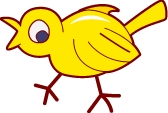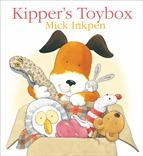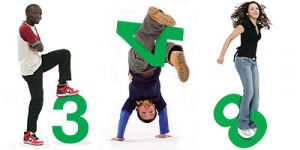It is in year 2 that multiplication and division really become important. Understanding terms such as ‘lots of’, ‘share equally’ and ‘divide’ are all introduced in a practical sense i.e. children need plenty of opportunities to share items out and to group into sets.
The vocabulary introduced in year 2 concerning multiplication and division of numbers includes:
lots of groups of
times multiply multiplied by multiple of
once twice three times
four times five times up to ten times
times as (long, big etc)
repeated addition
array row column
share equally one each two each three each etc
group in pairs group in tens
equal groups of
divide divided by divided into
Find a larger version of this list in the link below.
Remember that new vocabulary should not be introduced in isolation, but in suitable contexts.
(Taken from Mathematical Vocabulary Book DfEE)
Maths vocabulary: multiplication and division





 By the end of year 6 children should know and be able to read, write and use the following quite tricky words:
By the end of year 6 children should know and be able to read, write and use the following quite tricky words: 4 times table worksheets from mathsblog.co.uk
4 times table worksheets from mathsblog.co.uk